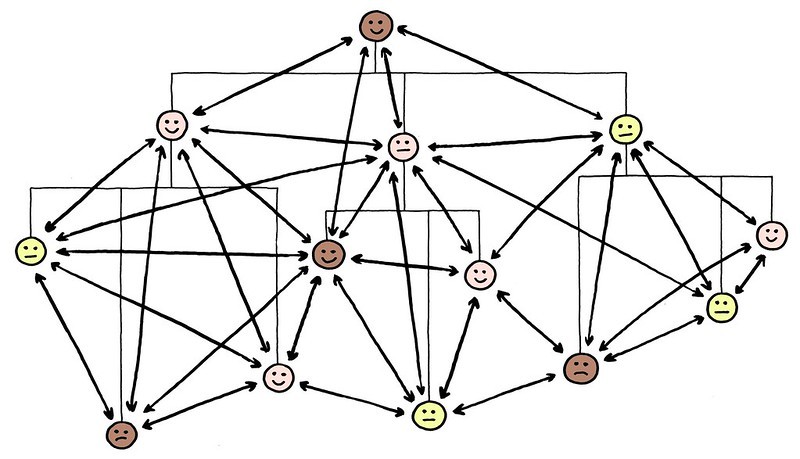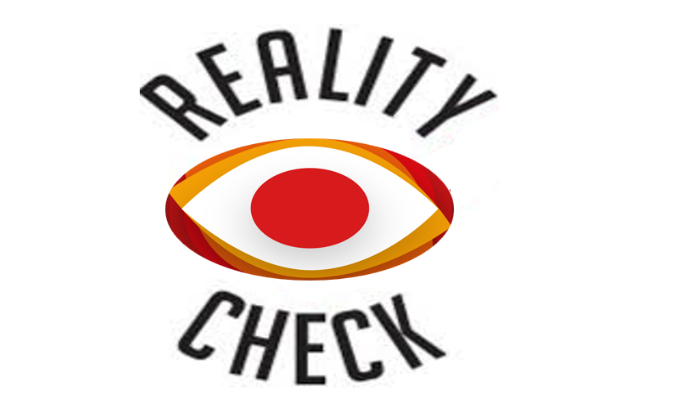Communication alignment across levels is key to execution success!
The ongoing, escalating crisis caused by COVID 19 has highlighted gaps in managing perceptions, in all spheres of life, geographies, and literacy levels. This note shares a few scenarios to highlight gaps in communication, and suggest some possible solutions.
Scenario 1: In the lock-down situation where all pubs and restaurants are closed, people are asked to walk and collect their groceries from nearby stores. These stores are open for limited controlled periods during the day, to limit the spread of the contagion. Social distancing is the specified norm and people are asked to keep 6 feet apart. The stores are reportedly allowing a limited number of people to enter at a time, each given a window of 15-20 minutes to shop. This is a common observation in many places around the world. However, once inside the stores, we see people/ customers shoulder to shoulder crowding together at shelves and checkout counters. The safe distance apart is therefore compromised and defeats the purpose of social distancing.
Along with the all-embracing social awareness campaign being propagated, situation/ location specific information should also be circulated across the chain of next level leaders to bridge communication gaps if any. Besides, compliance procedures, these norms should be regulated using the CCTV network and PA system, in each store. Relying on common sense may not always be the most effective approach. “Common sense is not so common”
Scenario 2: It is encouraging to observe many NGOs, social citizen volunteer groups and government task forces trying to combat the COVID 19 pandemic by enforcing the lockdown. In one city, the movement of house/ domestic helps as well as daily-wage earners were restricted. Hence many of them could not attend work and permissions for special cases would take time. In this situation, a volunteer group set up a “Services for Senior Citizens” cell (about 900 volunteers) and offered to provide food, medicines and essentials besides other assistance to senior citizens, for critical requirements. This was a commendable umbrella initiative from the city’s NGO top management. Special government passes for vehicle travel during lock-down were obtained. The volunteers took orders, collected the required items from different sources and delivered these to the senior citizens. Being short-staffed, they worked long hours and traveled a lot to serve the needs of the senior citizens. It was a very creditable endeavor.
After a week, the management reviewed the situation with the ground level volunteers. To their horror, they discovered at least 15%, if not more, of the senior citizens who were availing these services, were not the needy ones. Among the 15%, they found some senior citizens were fit physically and mentally and could look after themselves while the others were living with their children who were attending to the needs.
The directive from the management was then to change the cell name to “Services for Needy Senior Citizens”.
We feel that umbrella instructions propagated by top management must provide prompts for front line leaders (in the trenches) to tailor/ customize the messages for meeting situation/ location specific needs.
While we acknowledge this may be a bit too much to expect in crisis situations such as the one (COVID 19) we are facing, it is well worth sharing more specific guidelines to leaders down the line who venture to support and provide succor those actually in need. Such an approach for the rest of this COVID 19 crisis period could help cover more people in need.
Conclusion – Communication alignment across levels is key to execution success!
Bridging communication gaps is all about alignment messages from the top management and the executive at the last mile of execution. The degree of success is based on the foresight and insight of top management about the specific requirements that need to be addressed at the local execution level.


